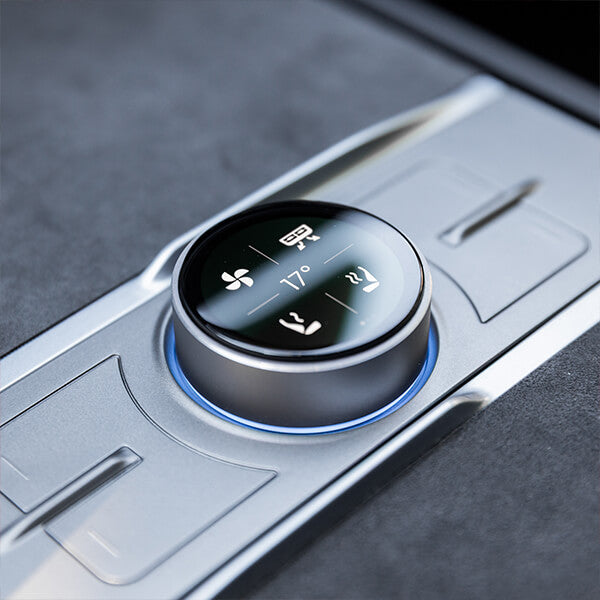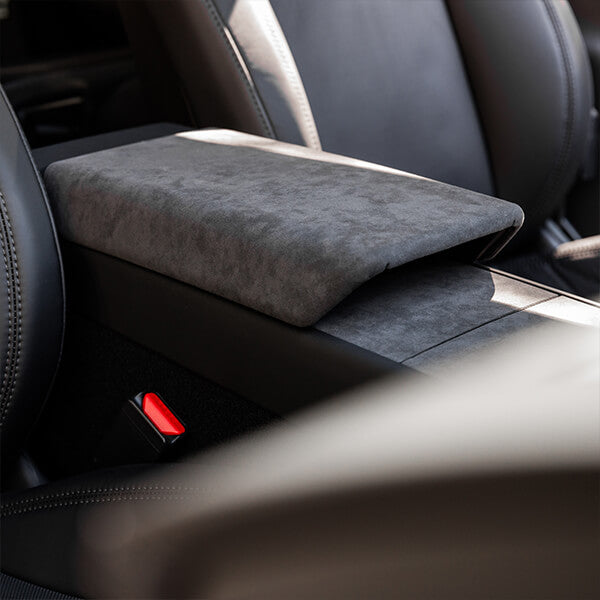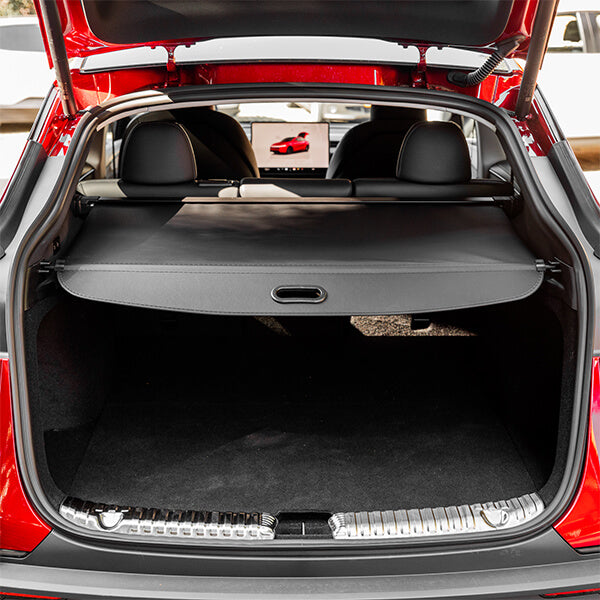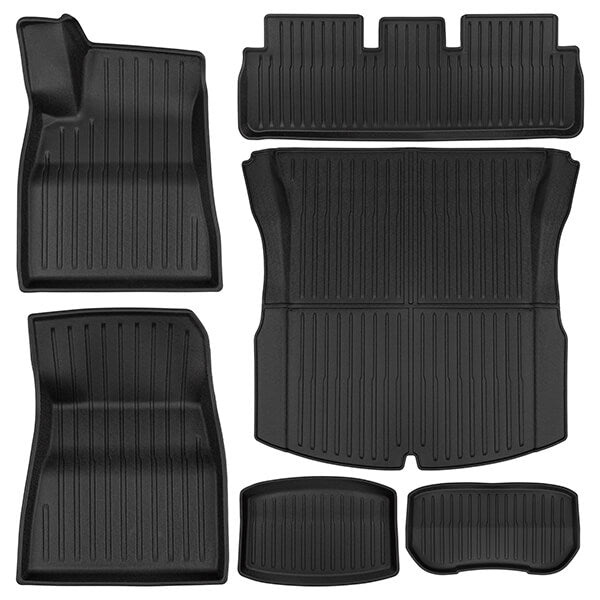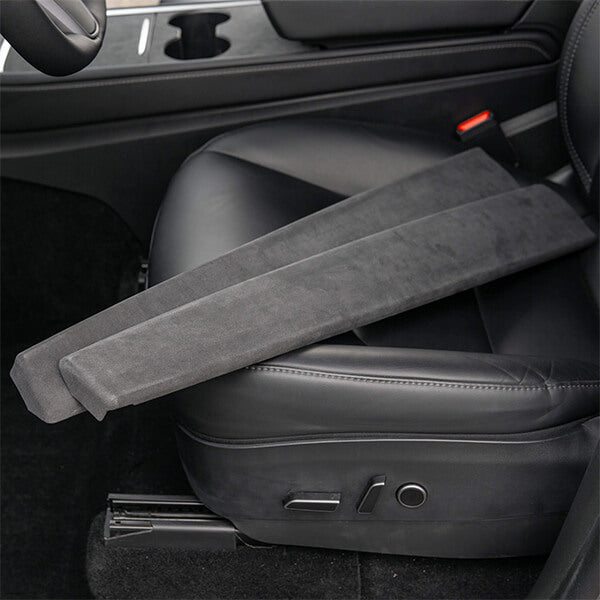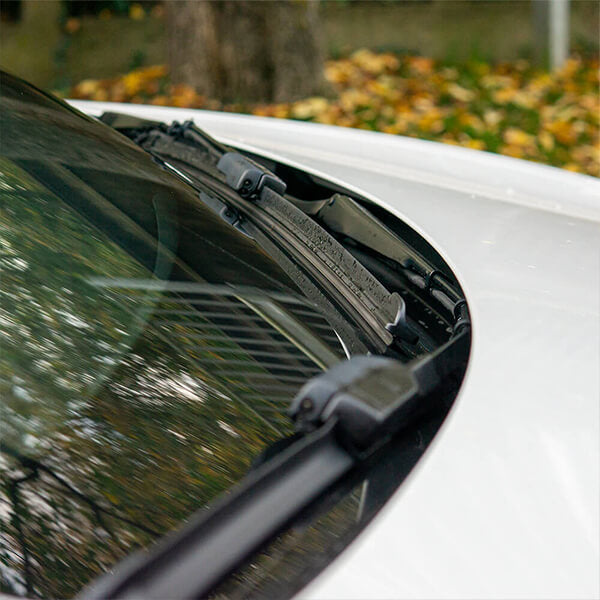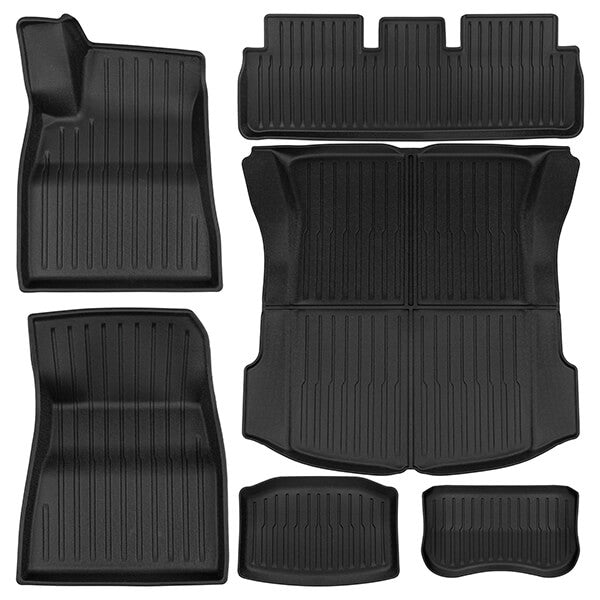Under the Tesla Charging port cover Although there's only one charging port, the vehicle can be charged with both AC (alternating current) and DC (direct current). But which is actually better?
Tesla AC charging vs. Tesla DC charging
The short answer is: For the battery, it doesn't matter whether it's charged via AC or DC – only DC current ever arrives. This is ensured by the inverter built into every Tesla, which converts incoming alternating current into direct current and simply "passes" the incoming direct current through.
DC Charging Tesla: Performance is what matters
A much more interesting question is which current or rather, at what charging power. Fast charging with high charging power may be convenient, but it is significantly more damaging to the battery than slow charging with low charging power. And this is precisely where the difference between AC and DC comes into play: As a rule, DC charging stations have considerably more power than AC charging stations.
Tesla AC charging at 22 kW: Is AC therefore better?
Furthermore, the possible AC charging power for Tesla vehicles ranges from 11 kW to a maximum of 16.5 kW, depending on the model. More isn't possible with AC – even if a 22 kW AC charging station is available. By comparison, newer Tesla models can reach up to 250 kW at a Supercharger, which uses direct current (DC).
This explains why AC charging is significantly gentler on the battery in practice than DC charging. However, the battery isn't the only component in the car that's stressed during charging. As mentioned earlier, when charging with alternating current, the inverter becomes active – so DC charging is advantageous to protect it.
Conclusion: AC vs. DC charging Tesla
So, if you're asking yourself, "Should I charge my Tesla Model 3 with DC or AC?", the answer is as follows: At the same charging power, the battery doesn't care which charging method it uses, but in practice, DC is usually significantly more powerful and therefore more damaging. On the other hand, DC is gentler on the onboard inverter. A good compromise is therefore to charge with AC, but if possible, avoid using the maximum possible charging power.
Do you have experience with your Tesla's charging practices? Share your thoughts and tips in the comments below.
Source of featured image: Ernie Journeys via Unsplash

